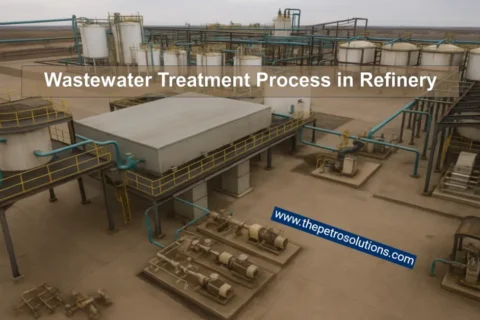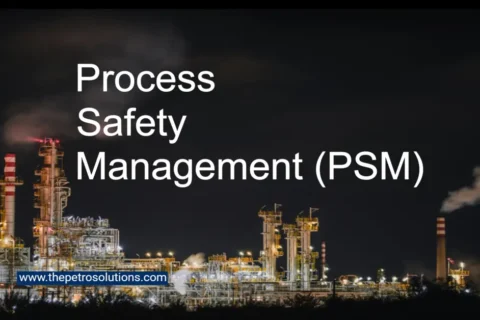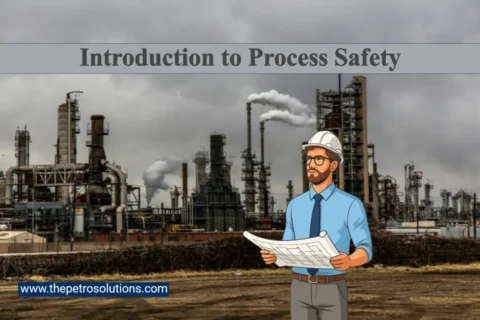Functional safety engineering involves identifying specific hazardous failures which lead to serious consequences (e.g., death) and then establishing maximum tolerable frequency targets for each mode of failure. Equipment whose failure contributes to each of these hazards is identified and usually referred to as “safety-related.”
Functional safety is related to the process and the Basic Process Control System (BPCS) which depends on the correct functioning of the SIS and other protection layers. A high level of functional safety means that a safety instrumented system (SIS) will work correctly and with a high probability of success.
Functional safety includes industrial process control systems, process shutdown systems, rail signalling equipment, automotive controls, medical treatment equipment, etc. In other words, any equipment (with or without software) whose failure can contribute to a hazard is likely to be safety-related.
A Safety Function is thus defined as a function, of a piece of equipment, which maintains it in a safe state, or brings it to a safe state, in respect of some particular hazard.
Functional safety refers to a part of the overall safety that depends on a system or equipment operating correctly in response to its inputs, including the safe management of likely operator errors, hardware failures, and environmental changes. It involves the detection of potentially dangerous conditions, the activation of protective or corrective devices or mechanisms to prevent hazardous events, and the mitigation of their consequences.
Functional safety is critical in many industries, including automotive, aerospace, industrial automation, and medical devices. Key standards governing functional safety include:
- IEC 61508: General standard applicable to various industries.
- ISO 26262: For automotive safety.
- IEC 62061: Safety of machinery.
- ISO 13849: Safety of machinery and control systems.
- IEC 60601: Medical electrical equipment.
- IEC 61511: is a simplified form of IEC 61508 catering for the more consistent equipment architectures found in the process industries.
These standards outline the requirements for ensuring that systems function correctly and safely, especially in the presence of faults.
This Content is Locked
Login To Unlock The Content!





